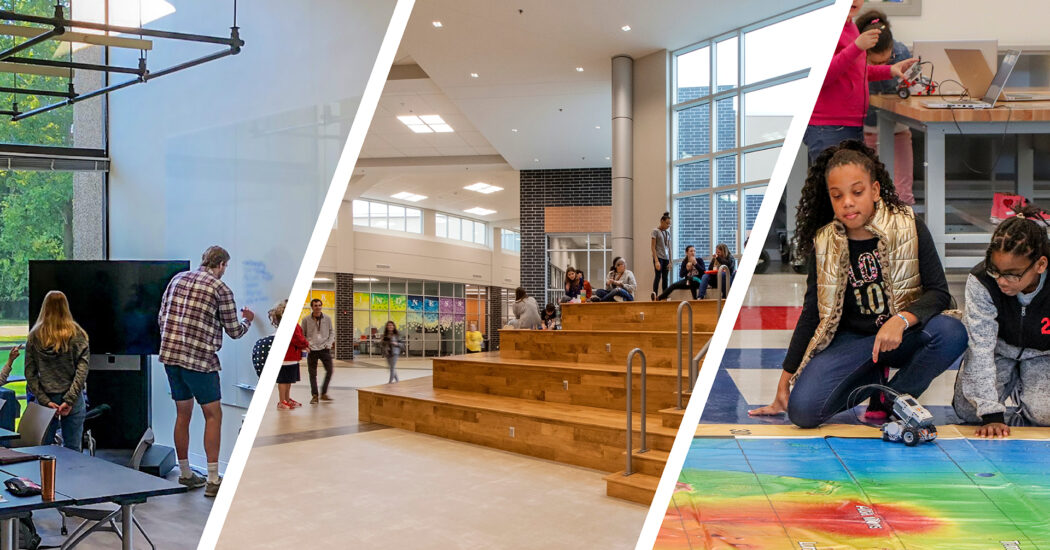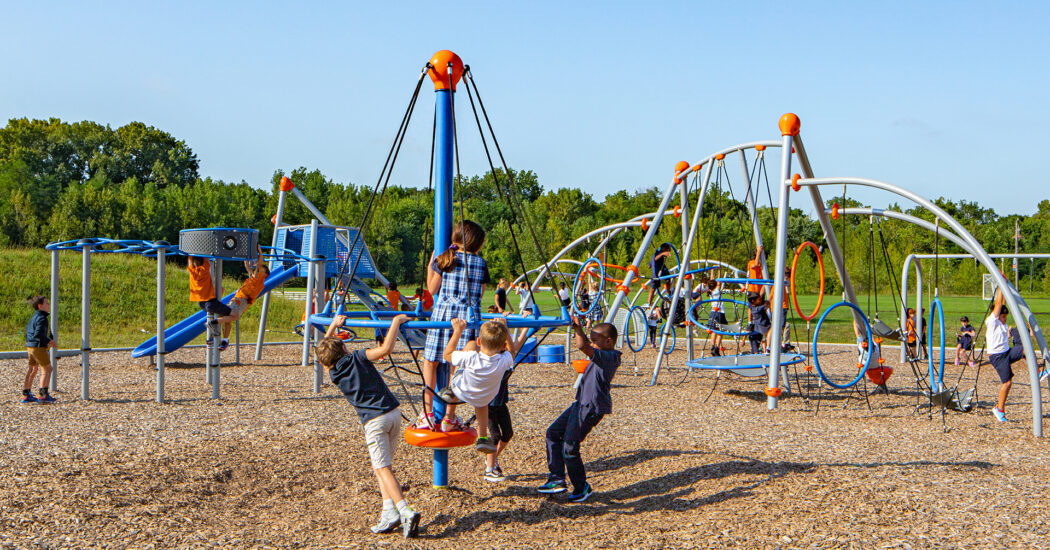Alternative Stormwater Options
-
Category
Studio-K12, Studio-Higher Ed, Innovation -
Posted By
Liming Zhang -
Posted On
Mar 25, 2015
Stormwater runoff is generated when precipitation from rain and snowmelt events flow over land or impervious surfaces (paved area and building rooftops). The more impervious surface areas are in the project site, the more stormwater runoff will be generated. As the runoff flows over the land or impervious surfaces, it accumulates debris, chemicals, sediment, or other pollutants that could adversely affect water quality if the runoff is discharged untreated. Traditional methods to control stormwater discharge include detention ponds and Best Management Practices (BMPs) structures. Some projects, because of limited project site and cost, require alternative solutions, including:
Underground Detention – This system is located underground and provides water quantity control through temporary detention of stormwater runoff. The underground detention structures are pre-cast or cast-in-place concrete structures or pre-built modular systems. Underground detention is most often used in developments where land availability and land costs predicate against the development of surface stormwater detention. Underground detention is ideal for use under paved areas such as parking lots.
Green Roof – A green roof is vegetation growing on a contained roof space. Green roofs can absorb stormwater, reducing runoff, therefore reducing the need for on-site stormwater management systems. Green roofs can improve a roof’s visual appeal, reduce roof temperatures, and reduce noise pollution.
Rain Garden – A rain garden is a shallow planted depression that allows rain water runoff from surrounding impervious areas to be absorbed and soaked into the ground. Rain gardens can reduce the amount of pollution reaching nearby water bodies, therefore improving the water quality.
Water Quality Swale and Bio-Retention Area – Water quality swales and bio-retention areas are vegetated depressions in the landscape with an infiltration device through which stormwater drains. Water quality swales and bio-retention areas improve the water quality, treating the runoff as it is conveyed.
There are also other alternative stormwater solutions that can be used per project conditions, such as Drywells, Pervious Pavements, Rain Barrels, Sand Filters, and Stormwater Wetlands. Each site is unique and requires specifically designed and calculated solutions.







